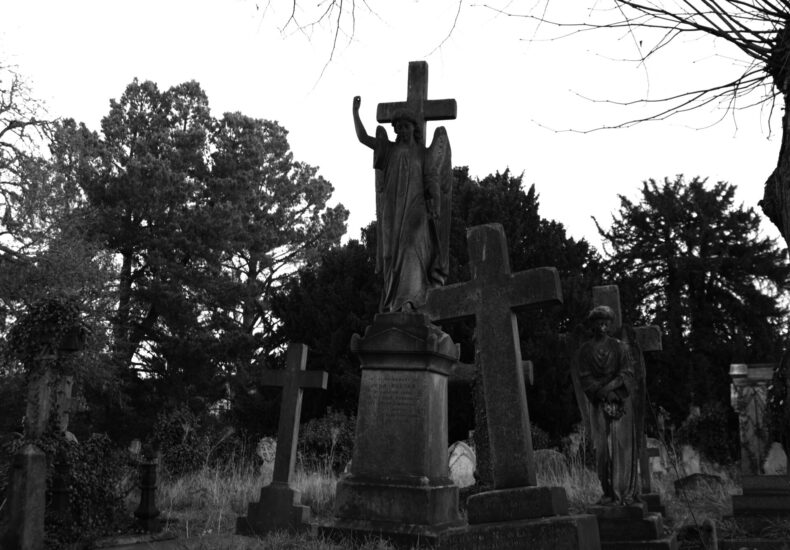
Cemetery Architecture Through the Ages: From Ornate Mausoleums to Minimalist Memorials
Cemeteries are open-air galleries that quietly whisper stories of art, faith, politics, and personal legacy. Walk through any historical burial ground, and you’ll find a fascinating array of architectural expressions: ornate mausoleums guarded by angels, humble headstones weathered by time, and, more recently, minimalist memorials that feel more Silicon Valley than Victorian London. But how did we get from Gothic grandeur to sleek gravestone slabs? Join me on this metaphorical (and hopefully not too morbid) stroll through the styles that have defined the architecture of cemeteries, one tomb at a time.
Contents
- The Classical Influence: Columns, Pediments, and Eternal Glory
- Gothic Revival: Where Melancholy Meets Majesty
- Egyptian Revival: Pharaohs, Pyramids, and Funeral Fashion
- Neoclassical and Beaux-Arts: Monuments of Modern Empire
- Art Nouveau and Art Deco: Curves and Clean Lines in the Afterlife
- Brutalism and Mid-Century Modern: The Silence of Concrete
- Modern Minimalism: The Instagram-Aesthetic of the Afterlife
- Digital Memorials: From Stone to Screen
- Bottom Line: Cemeteries as Living Architecture
- FAQs
The Classical Influence: Columns, Pediments, and Eternal Glory
Let’s start at the roots—classical antiquity. Inspired by the architecture of Ancient Greece and Rome, early cemetery structures, especially among elites, mimicked temples. Think Doric columns, triangular pediments, and Latin inscriptions chiseled into marble. These elements weren’t just aesthetic choices; they were deliberate symbols of status and cultural identity.
The Roman columbarium—a niche-filled wall for urns—set the tone for communal remembrance, while freestanding mausoleums evoked imperial power.
The word “mausoleum” itself hails from Mausolus, a 4th-century BCE satrap whose monument was so grand it became one of the Seven Wonders of the Ancient World.
Classical forms screamed permanence and prestige. In death, just like in life, appearances mattered.
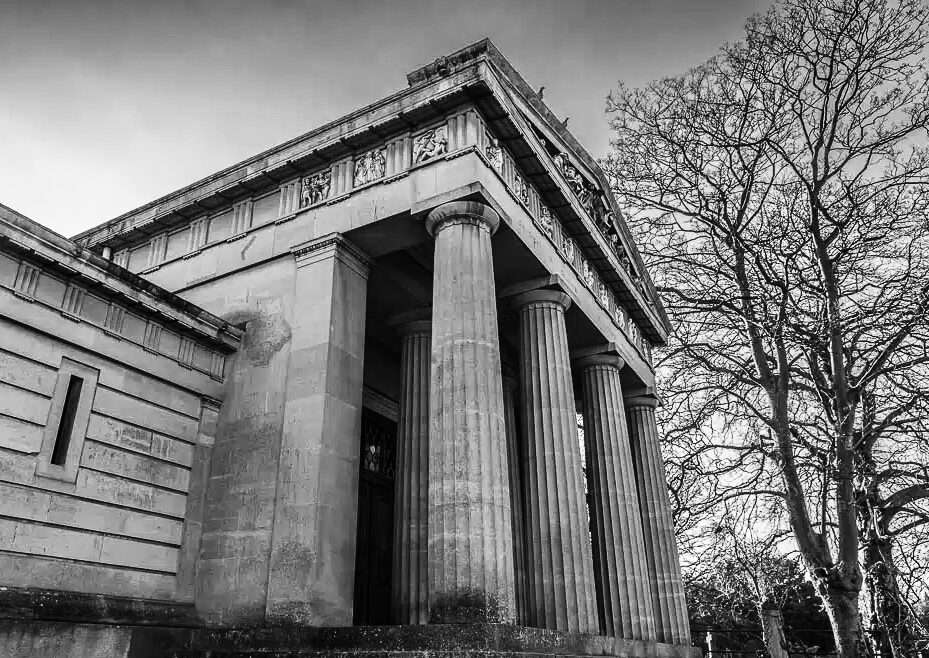
Gothic Revival: Where Melancholy Meets Majesty
Fast-forward to the 19th century and you’ll find the Gothic Revival style rising from the graves—literally.
Pointed arches, ribbed vaults, intricate tracery, and even gargoyles began appearing in cemeteries across Europe and America. Why the sudden obsession with medieval forms?
Two words: romanticism and mortality.
The Gothic style echoed spiritual yearning and echoed the architectural language of churches and cathedrals.
In cemeteries like Highgate (London) or Green-Wood (New York), mausoleums and chapels reflected this longing for transcendence. They didn’t just honour the dead—they aimed to lift the living out of grief and into awe.
And let’s be honest, there’s something delightfully spooky about a fog-drenched Gothic graveyard, isn’t there?
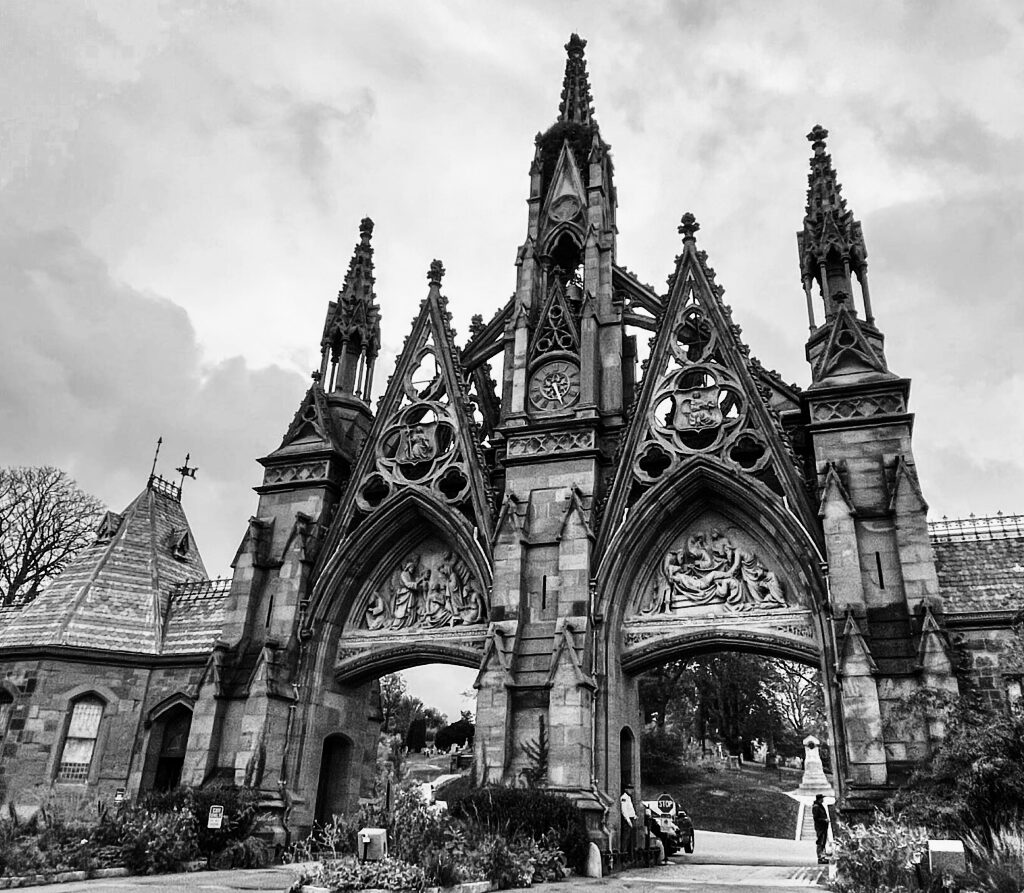
Egyptian Revival: Pharaohs, Pyramids, and Funeral Fashion
Here’s a fun twist—around the same time as the Gothic craze, cemeteries also flirted with Egyptian Revival architecture.
Why? Napoleon’s Egyptian campaign and the subsequent fascination with all things pharaonic sparked a decorative revolution.
Obelisks became the iPhones of the 1800s: everyone wanted one. They were sleek, symbolic (pointing to the heavens), and stylishly eternal. You’ll often spot them in Victorian cemeteries, towering like spiritual antennas.
And yes, you’ll even see the occasional pyramid-shaped mausoleum—a wink to eternity via Giza.
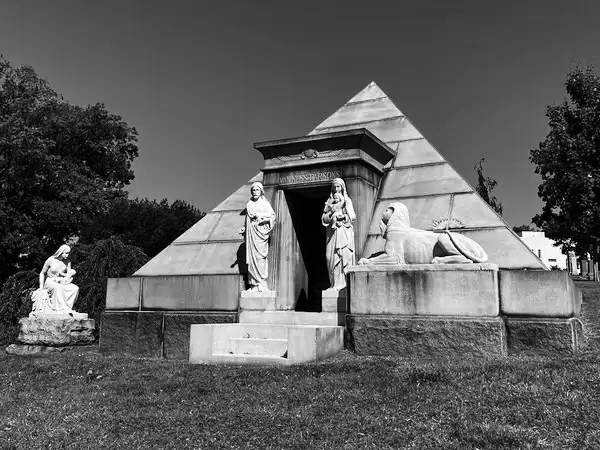
Neoclassical and Beaux-Arts: Monuments of Modern Empire
By the late 19th and early 20th centuries, grandiosity returned with a vengeance in the form of Neoclassical and Beaux-Arts styles. These were not just graves—they were statements. Mausoleums resembled miniature state buildings, complete with domes, friezes, and grand staircases.
Why the shift? Wealth. The Gilded Age created a class of millionaires who wanted to be remembered in style.
In places like Recoleta Cemetery in Buenos Aires or Forest Lawn in California, the tombs feel more like luxury apartments than final resting places.
And who could blame them? If death is the ultimate retirement, why not go out in a palace?
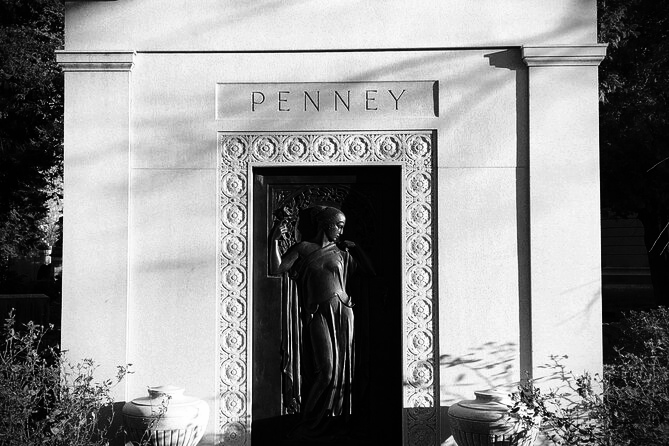
Art Nouveau and Art Deco: Curves and Clean Lines in the Afterlife
Then came the early 20th century, and with it, a wave of new aesthetic sensibilities. Art Nouveau brought organic curves, floral motifs, and ethereal femininity to cemetery design. Headstones and mausoleums from this period often resemble blossoming flowers more than cold stone slabs.
Following close behind, Art Deco added a layer of geometric elegance. Think sunbursts, stylised wings, and linear symmetry. These styles softened the grimness of death, injecting it with grace, beauty, and even a little optimism.
A cemetery during this era could feel like walking through a sculpture garden curated by both angels and architects.
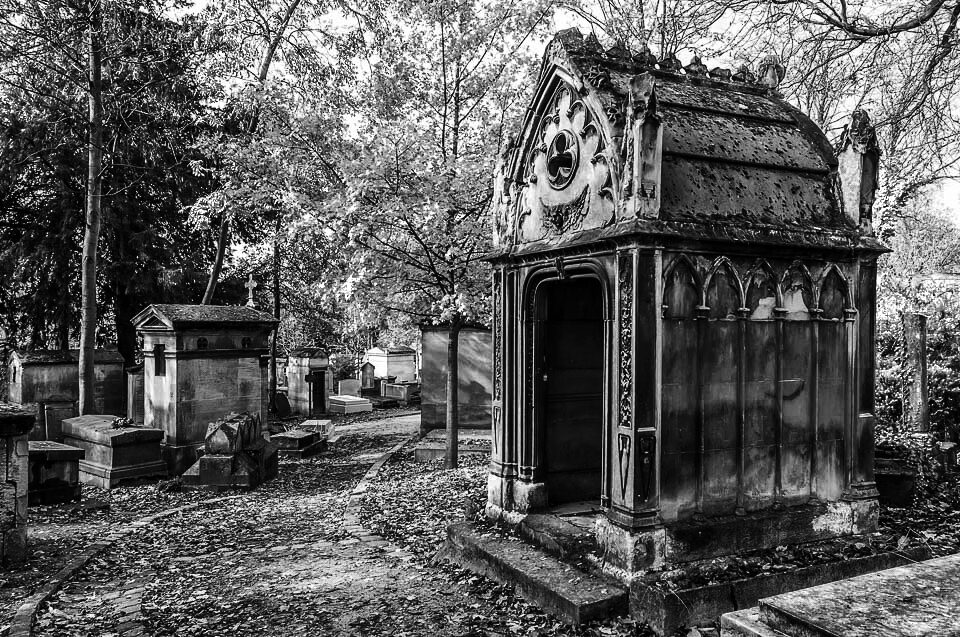
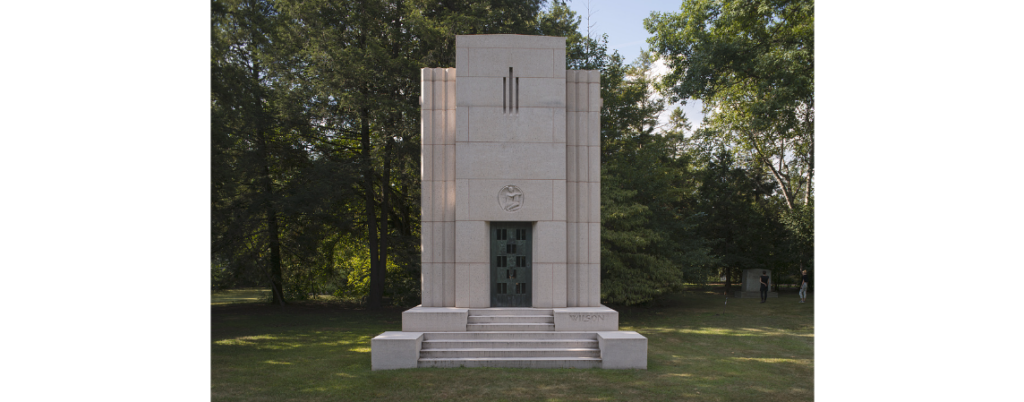
Right: Wilson mausoleum, an art deco style designed by the architect William Henry Deacy in 1939. Woodlawn Cemetery, Detroit, 2015. Photo by Vergara, Camilo J.
Brutalism and Mid-Century Modern: The Silence of Concrete
Enter the post-war world, where utility reigned and emotions took a backseat. Brutalist cemetery architecture, often overlooked (and misunderstood), emphasised raw materials—especially concrete—and minimalist forms. It wasn’t about mourning anymore; it was about enduring.
This style reflected a collective grappling with loss on a mass scale. Think military cemeteries with rows of uniform headstones—dignified, solemn, stripped of ego. The architecture became democratic. Everyone, rich or poor, famous or forgotten, was reduced to the same stone line.
It’s stark, yes, but also humbling. Death, after all, is the great equaliser.
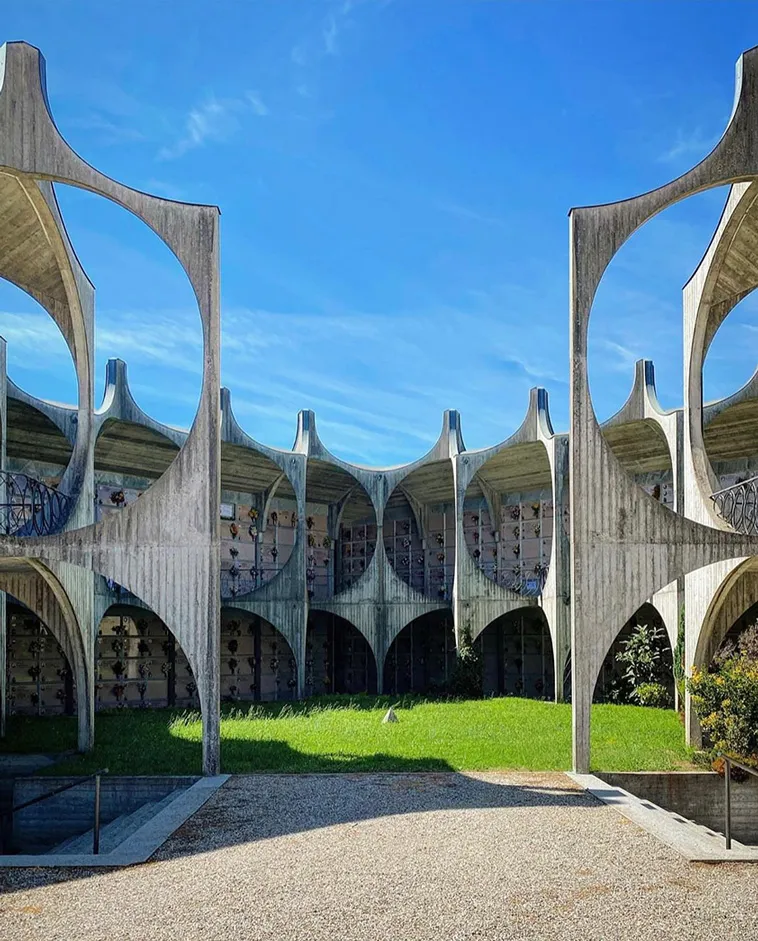
Modern Minimalism: The Instagram-Aesthetic of the Afterlife
Today’s cemetery design is leaning hard into minimalism—and not just for aesthetic reasons. Space is limited, cremation is on the rise, and many people are questioning the environmental impact of traditional burials.
What’s the result? Cemeteries that look more like Zen gardens than Gothic cathedrals. Simple slabs, clean fonts, sustainable materials, and intentional landscaping define the modern memorial.
There’s also a growing movement toward “green burials,” where graves are marked by nothing more than a GPS coordinate and a native tree. It’s poetic: ashes to ashes, but with biodiversity in mind.
And let’s be honest—these serene spaces are perfect for both quiet reflection and the occasional moody Instagram photo.
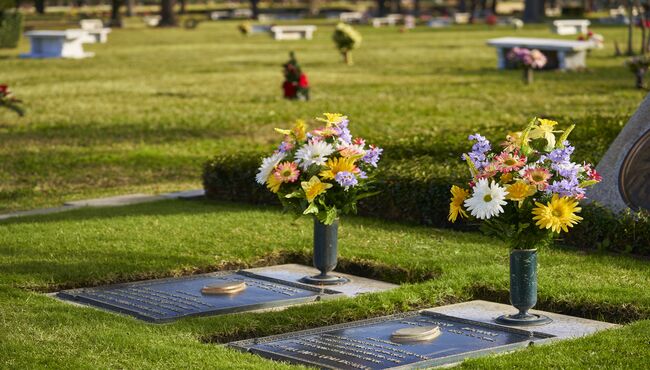
Digital Memorials: From Stone to Screen
As a final note (pun intended), let’s not ignore the rise of digital cemetery architecture. Online memorials, virtual graveyards, and even blockchain-verified epitaphs are redefining what it means to “rest in peace.”
Sure, it lacks the grandeur of a marble mausoleum, but it offers something that stone never could—eternal accessibility. Anyone, anywhere, can remember, mourn, and celebrate, all from a smartphone.
Is it cold and impersonal? Maybe. But perhaps it’s just the next chapter in the evolving architecture of memory.

Bottom Line: Cemeteries as Living Architecture
Cemeteries are far from static—they’re reflections of our culture, our fears, our aesthetics, and our philosophies of life and death. From the towering grandeur of mausoleums to the sleek lines of modern memorials, every style tells a story. Some speak of wealth and empire, others whisper of humility and the earth.
As society continues to shift, so too will the architecture of our afterlives. Maybe someday, we’ll upload our consciousness to a virtual garden and leave the stone behind. But until then, cemeteries will remain—part museum, part sanctuary, and entirely human.
FAQs
A mausoleum is a freestanding building designed to house remains above ground, while a tomb can refer to any burial space—above or below ground—often not as elaborate.
Obelisks were popular in the 19th century due to the Egyptian Revival movement. They symbolised the soul’s journey to the heavens and were also fashionable status symbols.
Green cemeteries focus on environmentally friendly burials. They use biodegradable materials, natural markers (like trees), and avoid embalming chemicals.
While less common, some modern cemeteries and private memorials still incorporate Gothic elements, especially for those who admire its romantic or spiritual aesthetic.
Start with famous sites like Père Lachaise (Paris), La Recoleta (Buenos Aires), or Mount Auburn (Cambridge, MA). Many offer guided tours focused on architecture and symbolism.

Leave a Reply